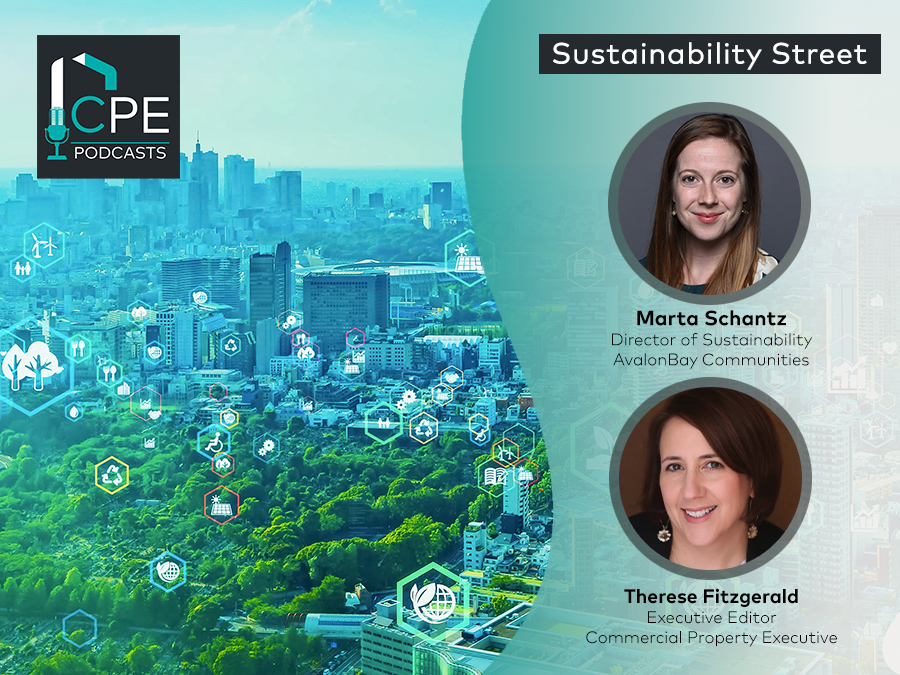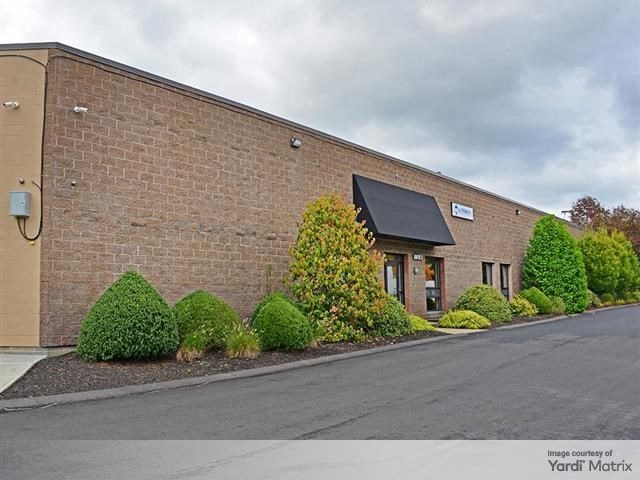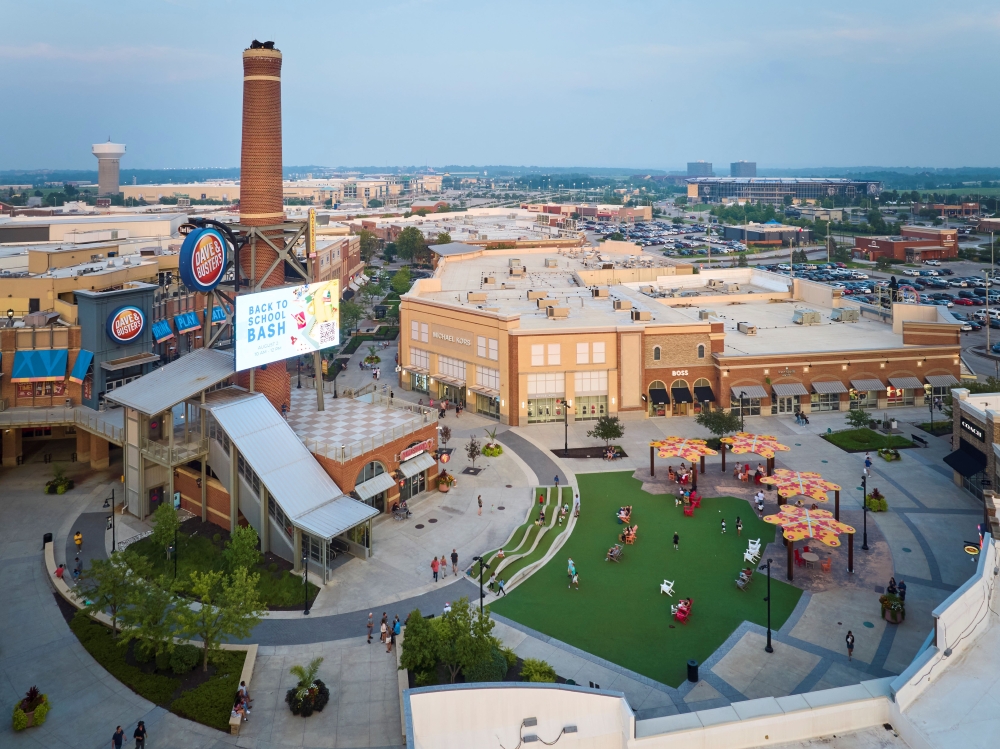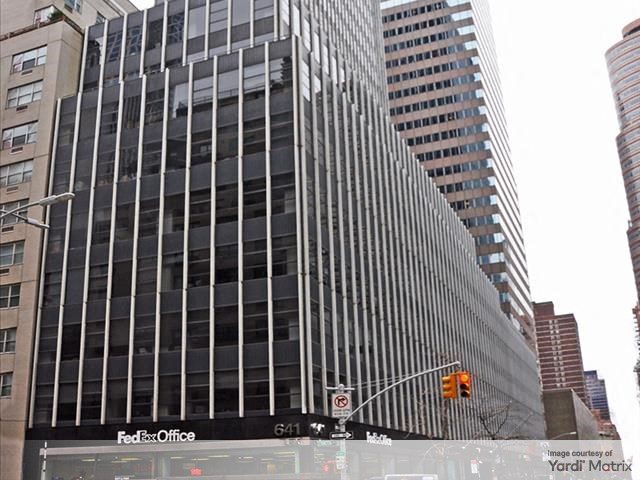Sustainable Design: Best Practices to Reduce Water Usage and Property Costs
One of the best things about sustainable water feature design is that reduced resource consumption and lower costs go hand-in-hand, and there are a number of options available allowing today’s water features to use less chemicals and less potable water while looking better than ever.
By Chris Roy
Innovative water features have increasingly grown in popularity over the last several years among all commercial property types. This is especially true as owners and investors are shifting their focus towards more experiential properties.
This can be seen in the large-scale, signature water features at retail centers, unique and cutting-edge water features at a hip creative office campus, or a relaxing safe haven at a healthcare facility. All of these water features aid in creating an overall experience for shoppers, employees, or consumers. They also play a significant role in driving traffic, customer retention and client satisfaction.
Owners and investors have taken note of this, and, as part of their inquiries into design options available, an ever-increasing number are asking about sustainability and options to reduce water consumption and cost of operation.
One of the best things about sustainable water feature design is that reduced resource consumption and lower costs go hand-in-hand, and there are a number of options available allowing today’s water features to use less chemicals and less potable water while looking better than ever. Some systems are even completely chemical-free, relying solely on natural, biological processes to keep the water safe and clear.
Below are three of the top strategies designers and architects can implement to reduce overall water usage and costs surrounding a water feature at a property:
Use Recycled Water
One of the top ways that owners and investors can make water features more sustainable and reduce water costs is by using recycled water. Rather than using potable water, which is both a limited resource and more expensive, these fountains can use “purple pipe” recycled water, captured HVAC condensate, and even – with special consideration and proper system engineering – greywater.
These options reduce overall water usage translating to lower water costs while enhancing the project’s sustainability. In some jurisdictions, these green water sources are actually requirements. Utilizing alternate sources of water can allow owners to use water features where regulations would otherwise prohibit them in an effort to restrict a property’s water usage to the bare minimum.
Harvest Rainwater
Another way that owners can drive down water usage is by harvesting rainwater to keep the fountain topped up. The installation of an efficient system that captures rainwater and repurposes it can significantly reduce a water feature’s reliance on a fresh water supply.
Whether rainwater is captured for use in a ‘living’ water feature featuring plants and biological filtration or a standard, chemically-treated fountain, the process is not as simple as just diverting runoff into the fountain basin. The rainwater needs to be filtered and polished, ensuring the water harvesting system doesn’t fill the fountain with debris and excess nutrients.
Incorporate Fountain Water as Part of the HVAC/Mechanical System
Water features can also reduce costs associated with cooling a property. The water used in the fountain can function as part of a building’s cooling system, essentially serving the same purpose as a cooling tower.
Whether used for heat rejection, chilling, as a heat sink, or for humidity control, owners and investors can incorporate a water feature into their project’s mechanical systems, reducing the amount of water used throughout a property and potentially replacing some pieces of equipment that would be necessary otherwise.
Ultimately, innovative and unique water features play an essential role in delivering the ultimate experience that today’s shoppers, tenants, and employees demand. In addition to reducing water usage, technology like variable frequency drives for pumps and LED lighting allow us to create more creative fountains that use less energy. Owners do not need to sacrifice experience over cost when it comes to water features.
By implementing these cost saving and/or sustainable strategies, owners are able to incorporate experiential water features while simultaneously reducing water usage and costs at a property.
Signature water features are in-demand amenities that enhance the overall value of a property and aid in attracting high quality tenants and taking an eco-friendly approach can make them an even better proposition for owners, investors, customers, and clients.
Chris Roy is Director of Creative Design of Outside the Lines, Inc., a design-build themed construction company that specializes in creating one-of-a-kind rockwork, water features and themed environments for retail entertainment, hospitality, gaming, and golfing projects around the globe. Contact him at chrisr@otl-inc.com.








You must be logged in to post a comment.